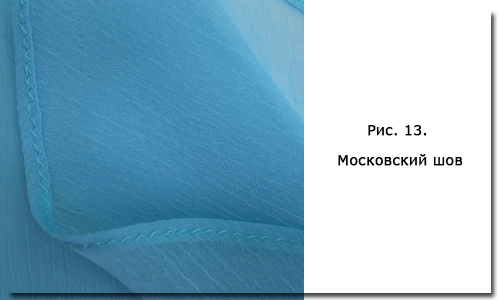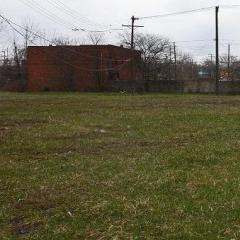12 ways to strip the bottom of any product
Substitutional entry refers to those operations with which even those who do not like to sew. Of course, tailoring curtains or fitting trousers in growth can be trusted by professionals, but almost every woman had to deal with the problem of the healing hemp or the need to shorten the too long skirt. Make it is quite simple, and possibly having mastered these simple operations, you love to sew yourself.
How to align the bottom?
When it comes to sewing a curtain, then most often the line of the binder is flat. If we are talking about the skirt, especially the broken, then the line of the Niza is aligned directly on the figure, while the belt and the fastener must be well adjacent.
To carry out this operation, they become a flat surface in that shoes with which it is expected to wear this thing. In this case, an assistant with a vertical wooden line, one end of which is placed on the floor, marks the appropriate level across the entire circumference of the hem.
However, this operation can be done independently, if in the doorway, fix the rope at the desired height, densely in chalk (Fig. 1). To the marked line, it is necessary to add an allowance for a bending and seams whose width will depend on the method of processing Niza.
How to independently note the lines of the pent of the skirt
Processing without poda
The easiest way that does not require the use of special techniques is the processing of edge overlock. In some cases, such a line, for example, made by a contrasting thread, looks very attractive (Fig. 2).
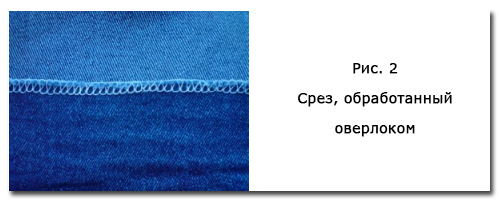
The processing of a slice of a zigzag or roller overlock, in which a neat rutter is formed, well suited for thin tissues (Fig. 3). After processing, sticking tissue threads need to be trimmed. An even more beautiful seam is obtained if the zigzag is laying at some distance from the edge, and then neatly cut off the extra material.
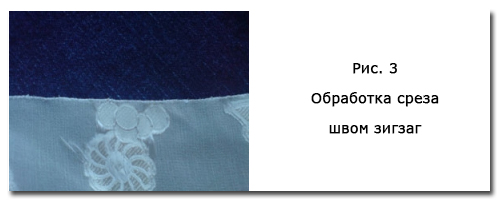
Beautiful and neat stitching is obtained by using oblique bey. For thin tissues, it is admonished in the form of edging. For this, the oblique beyk (better to take ready) is folded in half and affix, then the edge of the fabric is inserted inside the edge (Fig. 4). The same method is well suited for the processing of the inner seams of the bulk material.
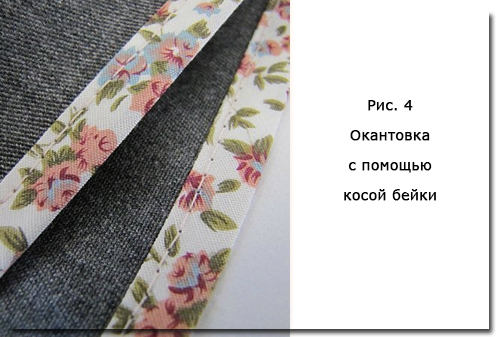
So that it is thus the dense material, it is necessary to need a bending of about 0.5 cm. The fabric and bay are folded by the front sides and paste along the lower edge. Then, the beaks are rejected on the wrong side, they are roaring and paste through its upper edge (Fig. 5). This layer method is well suited when the skirt length is insufficient for a standard pent.
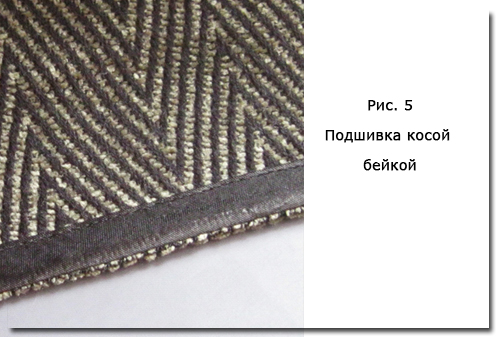
Treatment of the edge
The standard width of the swelling of the skirt is 3-4 cm, for thin tissues, this value may be less. To make a neat subheading line with a straight face, it is convenient to use a sheet of paper with a horizontal line with the desired distance. Bend the edge of the hemp for this distance and endure the iron - you will get a perfectly smooth line, and then the bend is not printed on the front side (Fig. 6).
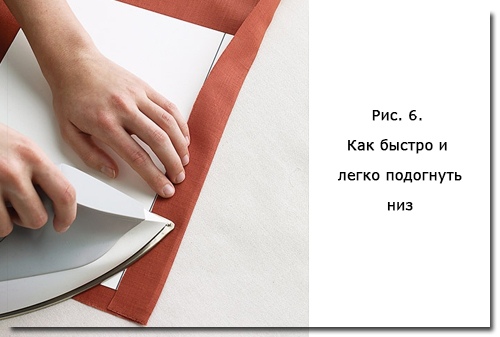
In the folded lines fold, it is much more complicated. To facilitate this operation on the bottom of the product, two parallel lines are parallel (Fig. 7). Then the lower line is a little donate, the fabric is inside out along the top line, pushed the pins and smooth.
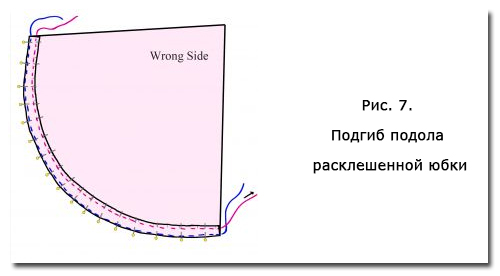
The simplest method of processing the adjacent edge, with which even those who do not know how to sew, is to use adhesive tape. It is embedded in fold and processed by a hot iron (Fig. 8). For heavy textiles, it is recommended to invest two such tapes.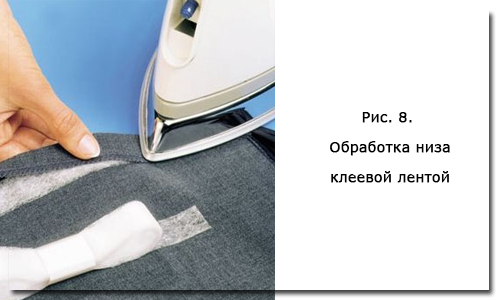
Professional dressmakers do not recommend using in this way of fixing the hem, considering that it makes tissue tougher. In addition, the adhesive tape after washing is likely to be glued again. During our grandmothers for products from costume and fingertips, traditional sedatives (Fig. 9) and a goat (Fig. 10) are used, which to date are performed in an expensive studio.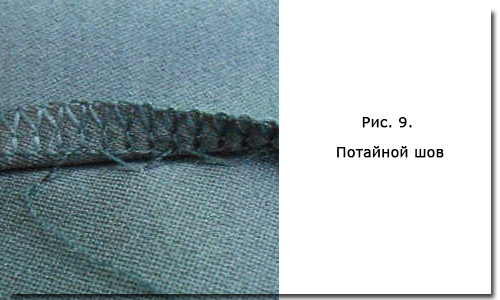
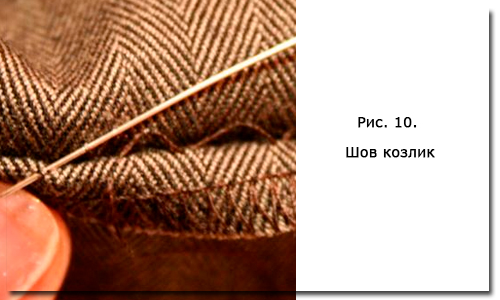
Beautiful execution of such a binder requires a skill and considerable time. With professional clothing manufacture, this operation is most often performed by a secret machine line. A simpler decision is a simple rejection of twice bent edges (Fig. 11), which is well suited for sport style clothes.
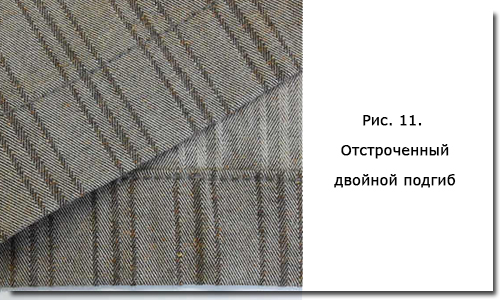
In a narrow step, this line can be performed using a special bump foot. For thin tissue, as well as for the intelligent models, the edge processing is overlock, and then it is 0.21 cm with a 0.2 cm. So that the upper edge does not scroll, two parallel lines can be made with a wide pod.
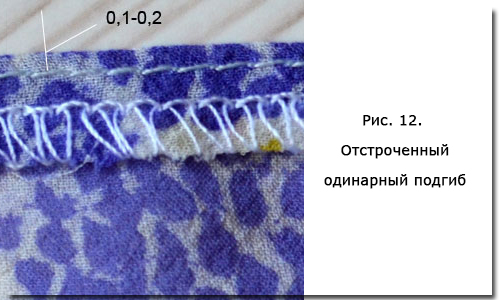
One of the most beautiful, although complex methods of binder subtle materials is the so-called Moscow seam. Its width is about 3 mm, while on the involving side there are 2 lines, and on the facial - one. And they are performed in such a sequence (Fig. 13):
- Leaving with 1 cm with a string point, the bending is made by no more than 4 mm, they are revealed and sting the fold as close as possible to the edge.
- Gently cut the fabric from the edge to the line, leaving for more than 1 mm.
- Once again, we turn the bending to the wrong side so that the line is around in the middle, and stroke it.
- Collect the bending from the inside as close as possible to the first line. Experienced craftsmen make the first handing over with a contrasting thread, and then remove it to get one seam from the face.
